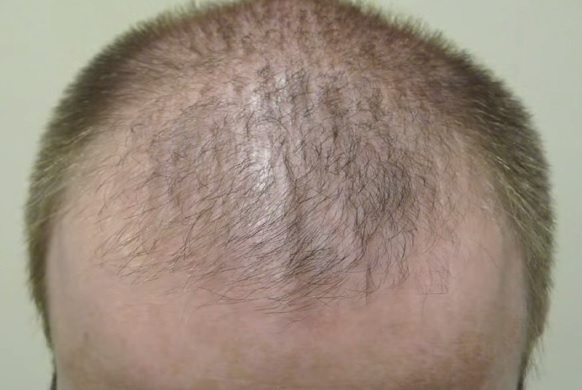The best first step when facing hair loss is to seek counsel from a medical professional. Obtaining an accurate diagnosis from an experienced hair restoration practitioner will speed up the recovery process.
Discovering The Cause Of Your Hair Loss: Testing For Pattern Baldness
Before writing any prescriptions or suggesting a surgical solution, a physician will conduct certain tests and ask specific questions. This will include:
- A detailed medical history
- A physical exam
- A scalp examination
These assessments are typically enough to determine whether the patient is experiencing androgenic alopecia (pattern baldness). This genetic condition is generally much easier to diagnose in men than it is in women. Female pattern baldness can be more elusive and tricky to pinpoint, since women are more likely than men to suffer hair loss for other reasons, such as hypothyroidism.
Discovering The Cause Of Your Hair Loss: When Initial Assessment Goes Beyond Pattern Baldness
Testing for pattern baldness should be a relatively simple process, and the majority of hair loss sufferers will receive this diagnosis. Additional diagnostic assessment is not usually required for such patients. However, assessing other possible causes of hair loss may include the following scalp examinations (some of these are done only in extreme or highly unusual circumstances):
- Phototrichogram: a designated area of the scalp is shaved and observed by photograph for three to five days to assess the growth rate and quality of hair.
- Hair window: similar to phototrichogram, except hair growth is observed for 30 days.
- The hair pull: with a gentle pull of scalp hair, it is normal for a few hairs to come out. These are hairs in the telogen phase of the growth cycle. If more than 25 hairs come out in the hair pull it is an indication of some abnormality.
- Hair shaft evaluation: microscopic examination of a hair shaft that has fallen out, for example, during the hair pull.
- Hair analysis: an advanced laboratory test that provides no information on systemic disease or malnourishment of the hair follicle, but rather assesses various inherited abnormalities and drug or heavy metal pollution.
- Scalp biopsy: no relation to a cancer biopsy, this is one of the non-standard tests performed. It tells the physician what condition is affecting the hair follicles if other tests have not made this information apparent.

